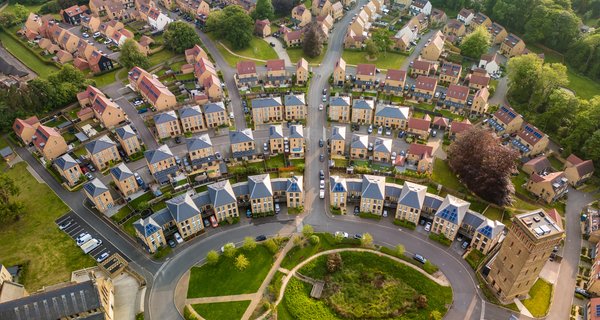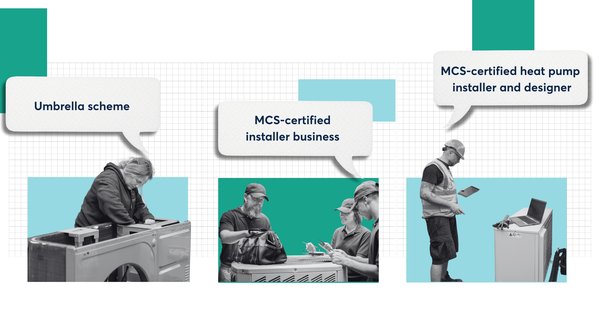Scenario 3 – High subsidy
In the ‘High subsidy’ scenario, neither the wholesale electricity price, nor heat pump efficiency or the heat pump market price change dramatically. This means that to keep heat pumps financially attractive past 2028, governments need to maintain a high level of subsidy. Subsidies for heat pumps are still reduced, but more slowly than in the first two scenarios, and they remain in place until 2035. The cost to governments of the UK goes up to a maximum of £3.2bn a year. The electricity-to-gas price ratio falls moderately, to 2.6, the same as in scenario 1.
Details of the scenario
As in the first ‘High innovation’ scenario, levies are partially rebalanced, to match the total amounts paid through gas and electricity at typical consumption. The resulting electricity-to-gas price ratio is again 2.6, but total relative running costs are higher because SCOP remains flat at 3. Upfront costs fall at a baseline annual rate of 2.5%.
If subsidies ended in 2028, the annual cost of a heat pump would become over £500 higher than the cost of a gas boiler in this scenario. To avoid this, the scenario employs a more generous trajectory for subsidies. They are reduced from £7,500 to £5,000 in 2028 and kept up for several years before reducing to £3,000 in 2031 and continuing until (at least) 2035.
Thanks to the subsidy, the lifetime cost to households is kept at parity with boilers until 2031 (Figure 10).

Difference between median annualised whole-life cost of heat pump and gas boiler
Figure 10
This line graph illustrates the difference in median annualised whole-life costs between heat pumps and gas boilers from 2024 to 2035 under the “High subsidy” scenario. Negative numbers mean households save by switching to a heat pump. The graph shows costs for eight home archetypes: flats; bungalows; semi-detached, terraced houses and maisonettes; and detached houses, each split by construction age – before and after 1950. The average cost difference is depicted for each year of the heating being installed. Cost difference starts between £70 and -£150 and then slowly reduces, but there are two sharp increases in relative costs when subsidies are reduced, in 2028 and 2031. The cost difference hovers close to zero between 2028 and 2030 and then is up between £200 and £50 in 2031–2035. The spread between different archetypes tends to be around £130, with larger properties benefiting more from a heat pump.
A household installing a heat pump in 2030 (and using the £5,000 subsidy) would on average pay the same amount over its lifetime for it compared to a gas boiler. Numbers for different archetypes range between paying £70 per year extra (large houses) and saving £50 per year (flats) on a heat pump (Figures 11 and 12). As subsidies are universal for all households and higher in this scenario, relative costs are much more similar across different home archetypes.










